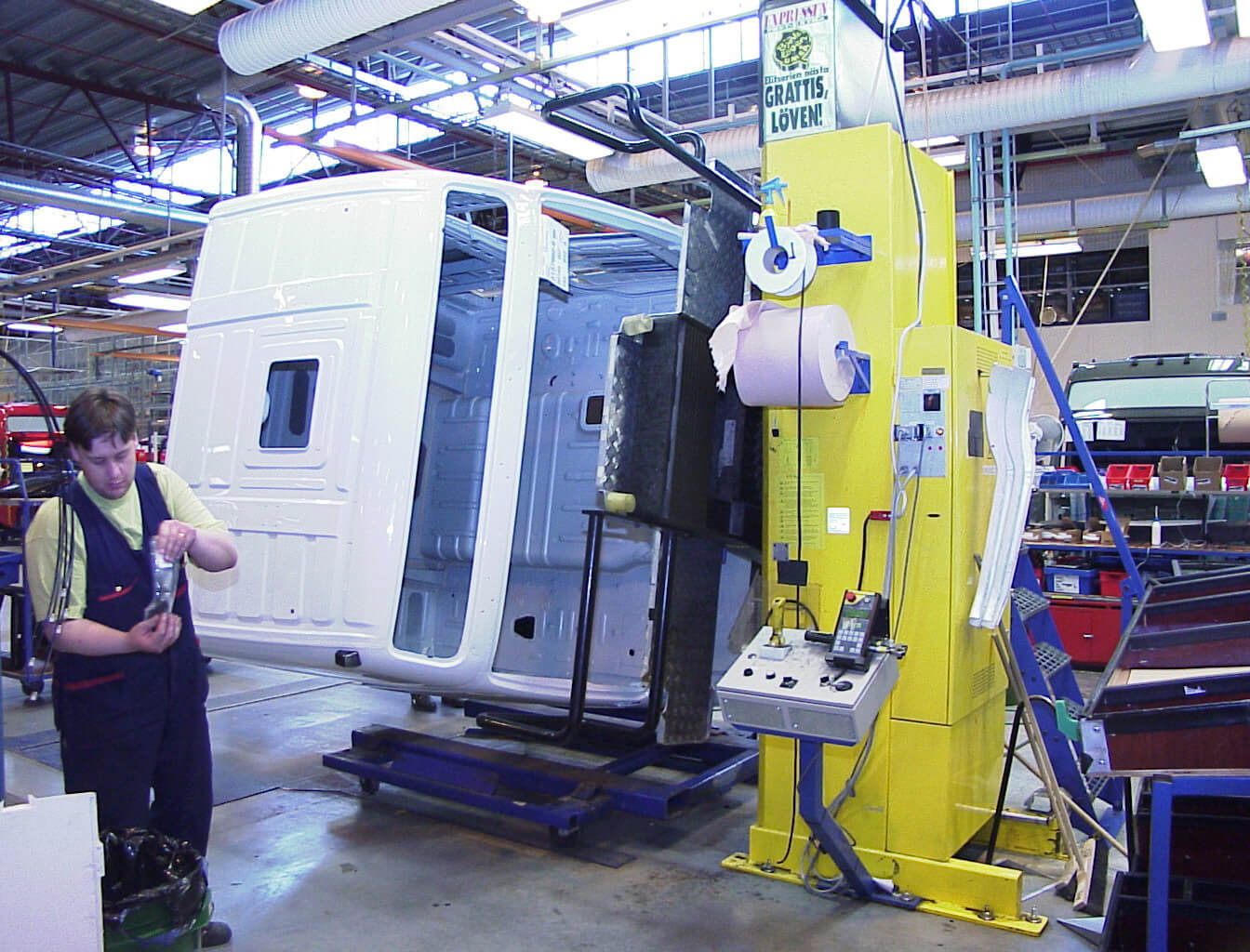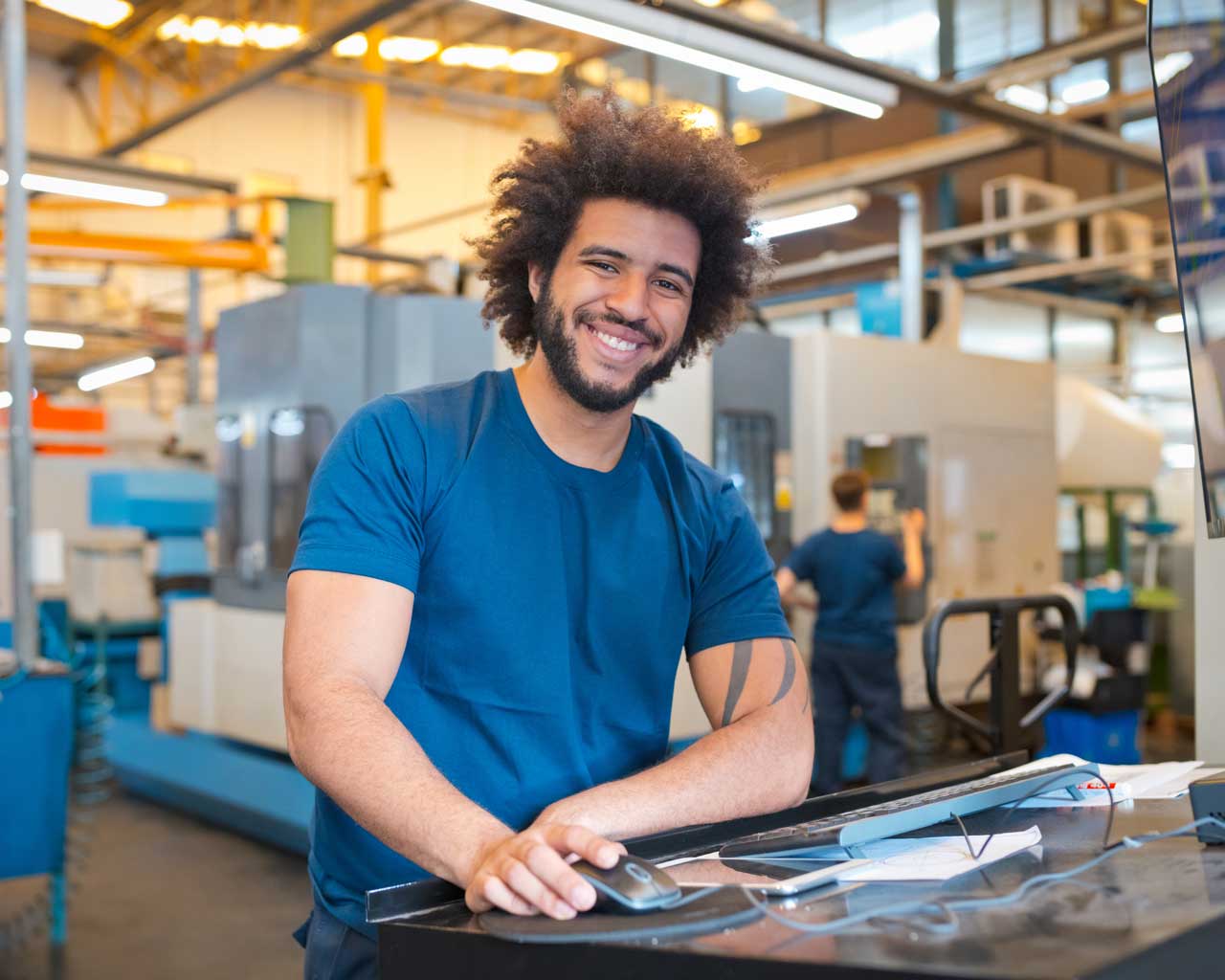Work Ergonomics: Setting Up an Industrial Manufacturing Workstation
Injuries and accidents occur in today’s workplace on a somewhat regular basis, especially in jobs that are physically demanding. Fortunately, several ergonomic solutions exist with the express purpose of limiting injuries and making your manufacturing team more comfortable throughout the day.
The Purpose of Your Industrial / Manufacturing Workstation
Depending on the nature of the work performed at each workstation throughout your manufacturing floor, you’ll need to keep a variety of things in mind when it comes to work ergonomics.
Welding stations, assembly lines, electrical set-ups, and packaging areas are just a few of the unique processes that manufacturing leads need to evaluate to enhance employee safety and comfort.
Take a look at these simple guidelines to cover the basics of designing your workstations for ergonomic success.
How to Adjust Your Work for Optimal Comfort
To enhance your overall comfort, avoid straining, and perform your best work, there are several adjustments you can make. Consider the basics of the manufacturing work you perform on a daily basis to determine whether the following changes can and/or should be made.
- Bring your equipment and materials closer to your station so that you can avoid overextending your joints by reaching out. Overextension can occur easily with repetitive movements and attempting to lift heavy objects from too great a distance from you.
- When using hand tools, try to keep your fingers, arms, wrists, and back positioned naturally. Don’t twist your wrists into odd positions when using tools that require joint rotation, for example.
- To keep you from leaning over your workstation or reaching up too high to perform work, see if adjusting your surface height is possible. When your station is at the right height, it can reduce back pain and prevent strains.
- Along with avoiding overextension when reaching for materials, keep the same goal in mind when handling tools and equipment. Position the tools you use so that they’re easy to retrieve, and avoid making twisting or hunching motions when picking them up or putting them down.
What Protective Gear to Wear
Manufacturing professionals typically work with their hands on a regular basis, so wearing wrist support products can protect workers from sustaining sprains and other wrist injuries.
Back support devices are also helpful in manufacturing work, as these items prevent slouching, incorrect form when lifting, and overall back pain.
Furthermore, manufacturers who deal with hazardous or precarious materials should wear proper PPE, including eyewear, gloves, respirators, hard hats, and skin barriers.
Accessories That Can Improve Your Comfort
Keeping manufacturing workstations comfortable yet efficient can be accomplished by examining the type of work performed in a given space and detailing the safety mistakes you commonly notice. For example, if employees at one station are constantly hunching over their equipment, providing height-adjustable chairs might be worth considering.
If you notice that manufacturing professionals in your area tend to squint their eyes when performing tasks, you might need to improve the light quality around your workstations.
Workers who regularly bend, crouch, and kneel while they work may benefit from kneeling pads for their knees, grab bars to make standing easier, and lift-assisting devices that workers can use to lighten the loads they’re expected to move from the floor to the work surface.
Proper Posture for Working at a Station
Maintaining proper posture is an important element of work ergonomics. While assistive devices can make a big difference in reducing injuries and accidents at work, poor posture can undo much of the benefit that comes from focusing on ergonomics.
Hunching and slouching, especially for long periods of time, can put unnecessary stress on an individual’s neck and spine. Sitting up or standing up straight is essential when it comes to preventing chronic pain conditions from developing.
On top of sitting or standing with a straight back, workers should be able to see the work they’re performing by directing their eyes to their hands. If workers have to tilt their heads more than 15 degrees up or down, the workstation is not positioned correctly.
Finally, even if manufacturers use lift-assisting devices to move items from one height to another, the right lifting posture is still important to follow. Workers should bend at the knees to secure or lift an item instead of bending at the waist. Lifting should also be done using arm and leg strength rather than pulling from the spine.
To implement ergonomic solutions in your workplace, contact Ergotronix. Ergotronix innovates for manufacturers with customizable, integrated equipment for factories. Whether your employees are lifting or bending, they have systems that transport and position the objects you are working on without strain or injury.



